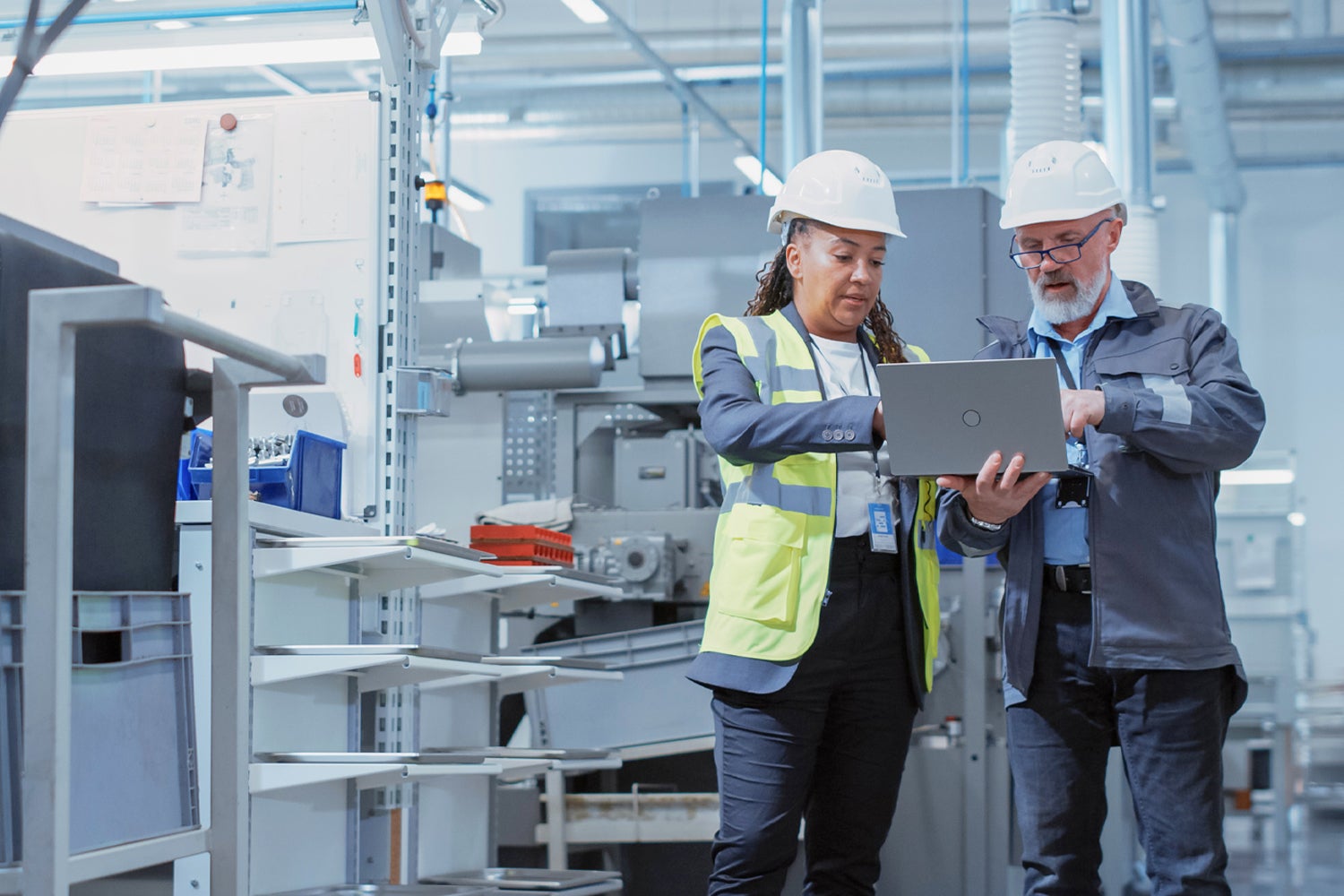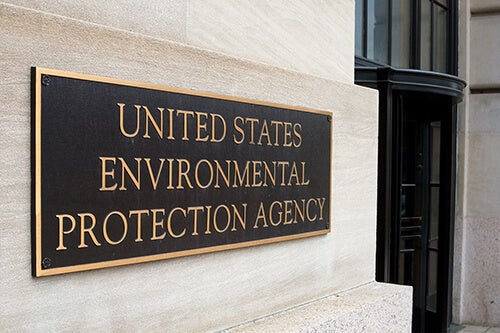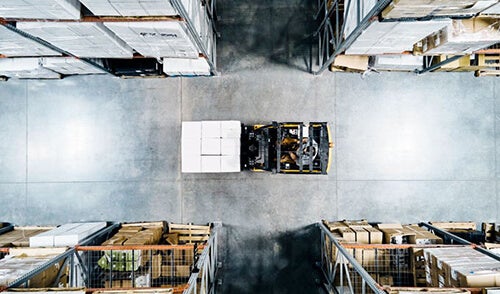In 2024, potential updates to the Uyghur Forced Labor Prevention Act (UFLPA) will create significant challenges for manufacturers. The impacts of these updates will be broad, with particular severity for the electronics industry.
Understanding what the future of the UFLPA could look like and proactively preparing for changes is vital to ensuring compliance, protecting your market access, and maintaining your brand reputation. Here, we’ll outline updates to the act as well as major barriers to compliance that will put your brand and bottom line at risk in 2024.
The UFLPA’s Current Business Impact
If ever there was a piece of compliance legislation that had teeth, it is the UFLPA. This law’s broad scope has created numerous risks for manufacturers.
Since being enacted in June 2022, U.S. Customs and Border Protection (CBP) has stopped 7,058 shipments, valued at more than $2.6 billion USD, from entering the country. Of those stoppages, 3,381 were for electronics. An additional 1,091 shipments, totalling over $67 million USD, were industrial and manufacturing materials.
Put simply, the UFLPA has disrupted entire sectors. Businesses have been denied the opportunity to sell in the U.S. market, and with UFLPA changes on the way, these business impacts are only expected to grow in 2024 and beyond. Don’t let this happen to you.
Want to know how you can create an effective due diligence program and keep your goods moving into the U.S. market? Download the UFLPA Handbook: How to Prevent Supply Chain Disruption.
XUAR Labor & the Impact on the Global Automotive Industry
In December 2022, a report from Laura T. Murphy and a team of researchers revealed unsettling and expansive links between Western car brands and Uyghur labor — links that can be found in everything from electronics to car frames to engine casings to hood decals. In total, the report named more than 200 companies that have potential direct or indirect links to the Xinjiang Uyghur Autonomous Region (XUAR). In fact, If you have bought your car within the past five years, it’s likely that some of its parts were made with Uyghur labor.
We are now beginning to see the costs of these connections. Recent developments involving Volkswagen and the detention of over 1,000 luxury vehicles at U.S. ports serves as a stark illustration of how costly connections to XUAR labor can be. The detained cars, awaiting replacement of the affected parts, are a major financial and operational setback for Volkswagen and spotlight the broader implications for the automotive industry at large.
This incident is particularly noteworthy as it marks one of the first major enforcement actions under the UFLPA within the automotive sector, signaling a potential shift toward deeper scrutiny of supply chains and the origins of components. It’s worth noting that “tires and other automobile components” were recently added to the updated UFLPA strategy in 2023, alongside lead-acid and lithium-ion batteries. The automotive industry, with its extensive and often opaque supply networks, is now facing the reality of increased regulatory oversight and the need for stronger due diligence processes.
Congress Urges Stronger Action on UFLPA Enforcement
Despite rising levels of enforcement, there continues to be a push for stricter action from key actors, including U.S. Congress. Bipartisan leaders from the House Select Committee on the Chinese Communist Party recently called for the Biden administration to strengthen the enforcement of the UFLPA. They proposed a series of robust measures aimed at making the UFLPA even more impactful, including by closing loopholes and expanding the UFLPA Entity List, which prohibits certain entities from importing goods into the U.S.
The proposed updates also include revising the de-minimis exemption that allows shipments under $800 to enter the U.S. with minimal scrutiny; enhancing the Justice Department’s role in trade fraud cases; and adding products such as gold, seafood, and critical minerals like lithium and cobalt to the list of items under strict review. They also emphasize the need to address the issue of transshipment to ensure that goods linked to forced labor are not entering the U.S. through third countries. This kind of congressional pressure has often come before additional enforcement by CBP. As such, companies can expect to see even more enforcement action in the near future.
Overcoming Barriers to Compliance
The UFLPA has already created a lot of disruption for manufacturers, and because calls for greater enforcement are increasing, the act will continue to be a major disruptor in 2024. Businesses can’t afford to do nothing. The risks are real. Businesses must work proactively to identify internal barriers to UFLPA compliance, which can hinder their ability to meet new requirements. Four of these major barriers include:
Inattention
Viewing regulatory compliance as only a cost can lead businesses to overlook regulatory pitfalls. Ignorance of the law is no excuse when enforcement authorities come knocking, and companies that don’t know their requirements expose themselves to risks such as hefty fines and market access loss. Compliance with the UFLPA requires ongoing diligence, especially concerning materials prioritized by the CBP.
Inaction
Awareness of regulatory requirements without taking action is also a risky stance. Inaction can result in supply chain disruptions and severe penalties if regulators find deliberate non-compliance. Proactive compliance is crucial when you consider the changing landscape of forced labor regulations and what it means for supply chains.
In-House Solutions
Trying to develop compliance programs using spreadsheets or other homegrown systems without fully understanding the requirements is counterproductive. Compared to third-party compliance solutions with years of proven success and on-staff expertise, in-house efforts often require more resources to launch and maintain, and may not be adaptable to changing regulations.
Incoherence
When companies lose sight of their compliance and risk management strategies, they often find themselves with solutions that don’t integrate well with existing systems or only address a portion of their total risks. This fragmented approach can lead to the implementation of multiple, disjointed solutions that, when combined, become inefficient and costly.
See Deeper Into Your Supply Chain
The UFLPA isn’t the only legislation with stringent requirements and severe penalties for non-compliance. Manufacturers must also ensure they comply with emerging forced labor requirements in other regions like Canada and the EU, where tougher bans are imminent. Understanding forced labor risks in your supply chain has never been more critical.
The first step to protecting your business is acknowledging the complexity of UFLPA compliance and the need for dedicated attention, action, and expertise. Through the benefits of bulk operations that reduce costs, you can rely on a third party for regulatory expertise and technology, saving money and meeting your requirements more efficiently in the process. As the regulatory environment continues to evolve, a proactive stance on compliance will not only mitigate risks but also safeguard your business continuity and reputation in the long term.
To learn more about how Assent will help you meet your UFLPA requirements and broader ESG needs, book a demo.










